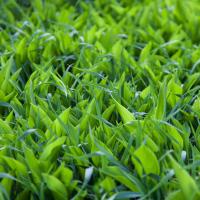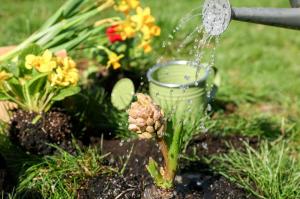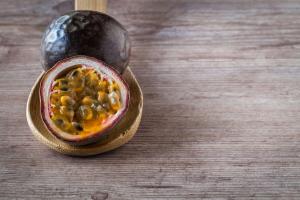Is a Rubber Tree Plant Toxic to a Cat?
Rubber tree plants are popular indoor plants that are known for their attractive foliage and easy care. However, if you are a cat owner, you may be wondering whether or not these plants are safe to have in your home. In this article, we will explore the potential toxicity of rubber tree plants for cats and what to do if you suspect your cat has ingested part of the plant.
What is a Rubber Tree Plant?
A rubber tree plant, or ficus elastica, is a tropical plant that is native to Southeast Asia. The plant is recognized for its thick, shiny leaves that come in a range of colors including dark green, variegated, and pink.
Why are Rubber Tree Plants Potentially Toxic to Cats?
Rubber tree plants contain a white, milky sap in their leaves, stems, and roots. This sap has a mix of compounds that can be toxic to cats, including the enzyme ficin and several proteins that can cause irritation and inflammation in the skin, eyes, and mouth of cats. If ingested, these compounds can also irritate the insides of a cat's digestive system and cause vomiting and diarrhea.
What are the Signs of Rubber Tree Plant Poisoning in Cats?
If a cat ingests part of a rubber tree plant, you may notice symptoms like vomiting, drooling, diarrhea, and loss of appetite. More severe cases can cause lethargy, depression, difficulty breathing, and even collapse. If you suspect that your cat has ingested part of a rubber tree plant, it's important to seek veterinary care immediately.
What Should You Do if Your Cat Ingests Rubber Tree Plant Material?
If you suspect that your cat has ingested any part of a rubber tree plant, you should contact your veterinarian right away. Your vet may recommend inducing vomiting if the ingestion was recent, or they may suggest bringing your cat into their office for observation and possible treatment. It's important to act quickly in these situations, as the toxic compounds in the plant can have serious and even deadly effects on your cat's health.
How can You Keep Your Cat Safe Around Rubber Tree Plants?
If you have rubber tree plants in your home and are worried about their potential toxicity to cats, there are several steps you can take to keep your furry friend safe. First, consider placing your plants out of reach of your cat or using a deterrent like a spray bottle of water to discourage them from approaching the plants. You can also consider replacing your rubber tree plant with a pet-safe alternative plant like a spider plant or a Boston fern. If you do keep rubber tree plants in your home, consider monitoring your cat closely and keeping an eye out for signs of plant ingestion or poisoning.
Conclusion
While rubber tree plants are attractive and easy to care for, they can pose a potential risk to your cat's health if ingested. If you have rubber tree plants in your home, it's important to take precautions to keep your pet safe and to seek veterinary care immediately if you suspect your cat has ingested any part of the plant. By being proactive and attentive, you can enjoy the beauty of your houseplants while keeping your furry friend healthy and happy.

 how many times do yo...
how many times do yo... how many planted tre...
how many planted tre... how many pine trees ...
how many pine trees ... how many pecan trees...
how many pecan trees... how many plants comp...
how many plants comp... how many plants can ...
how many plants can ... how many plants and ...
how many plants and ... how many pepper plan...
how many pepper plan...































